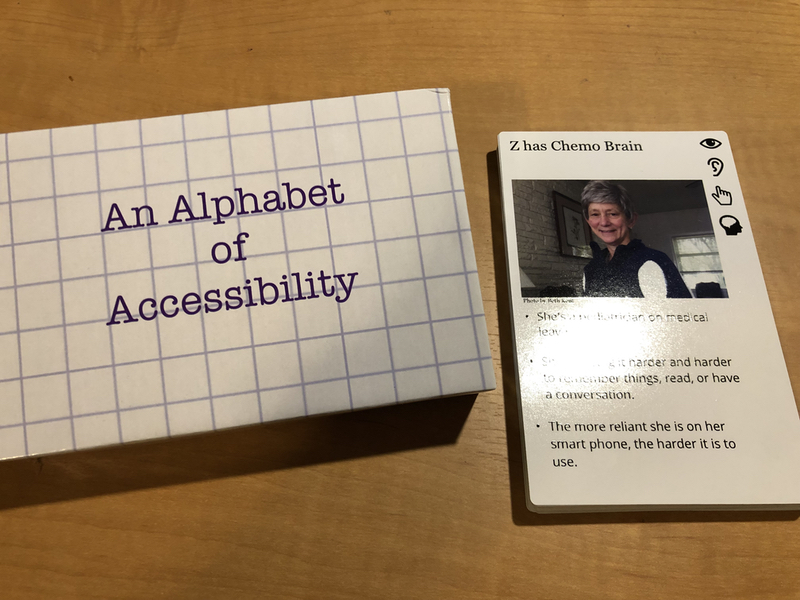You may have noticed that the site has become… well… UX-related book reviews mostly.
That’s not an accident — I’m reading more than I have in decades, and I do my best to review good books because reviews are a driver for sales, and good authors deserve to be rewarded for being good authors.
But it’s also an acknowledgement that I’m not talking about much else in UX right now. Even on The Interconnected, which is my usual ranting locus, the site was virtually silent last year.
Last year, I think we can all agree, was rough.
This year so far is better but that doesn’t mean much. When I walk the half marathon in Virginia Beach, mile 11 over the damned bridge is hell, but it being stupid hard doesn’t suddenly move the finish line closer.
Still, I think there’s a finish line around the corner, so I shall trudge on until I can fall onto the beach and soak my feet in the ocean.
Things that are looking up:
- I have a new job at Vertex, Inc. where we design software that calculates sales tax and VAT. I am pro-fair-taxes and also pro-make-taxes-easy, and in a lot of places (for better or worse) sales taxes fund lots of important local initiatives, so at least at the moment it feels like a good fit. I’m two months in and I haven’t seriously pissed anyone off yet, but the day is still young.
- I’m seeing more and more people in our industry concerned about accessibility and making things more equitable for all, regardless of disability. I refuse to say that the pandemic has any silver linings with 500,000 dead in my country alone. I will say that hard-earned lessons are still lessons, and hopefully we’ll come out of this with more accessible jobs, more accessible websites, and more people giving a damn about their own impacts on their neighbors’ ability to survive in an increasingly technical world.
- While we’re on the subject of survival, there’ll be a review coming up sometime soon on Sustainable Web Design by Tom Greenwood. I’m about halfway through now and already recommending it to coworkers. Many of the goals in the book align with accessibility goals and good information architecture goals, so I think it could become an asset in convincing our higher-ups (especially in enterprise product design) that good web design = good business, both on the surface and within the code.
I’m also working (slowly) on my own accessibility website, trying to bring together information from the WCAG and the Deque online training classes I’m taking, articles that I rely on, other books, etc.. The ultimate goal is somewhere that people can navigate through a list of components and find something that says “Oh, buttons? Here are all the WCAG guidelines, info on how to hit them, and info on how to test them, all in one place.”
That’s taking longer than I thought it would because
- pandemic;
- constant exhaustion;
- I am the world’s worst estimator.
May you also be within sight of the next milestone, and may your strength hold out until you get there.


